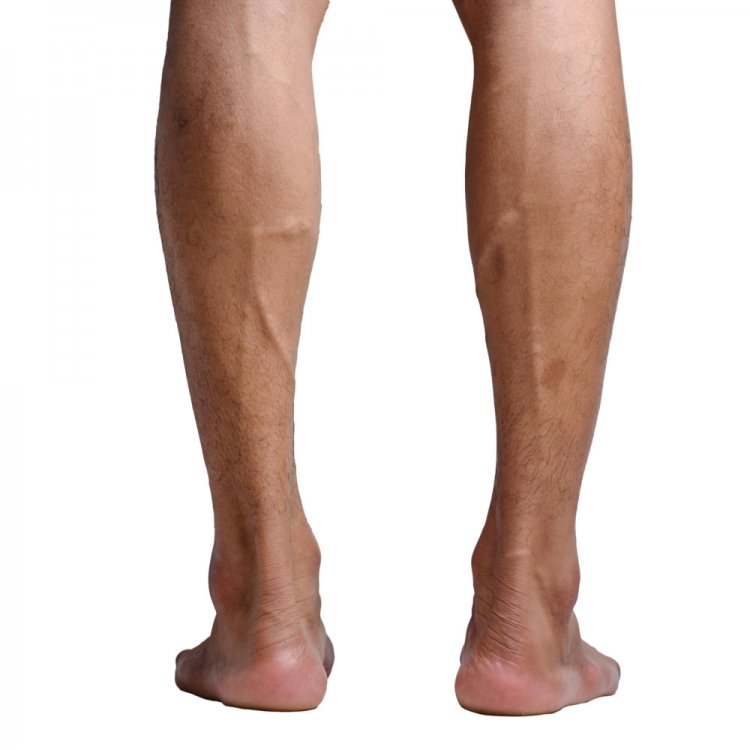Exploring the Depths of Deep Vein Thrombosis (DVT): Risks and Solutions
Deep Vein Thrombosis (DVT) is a serious medical condition characterized by the formation of blood clots within the deep veins of the body, most commonly occurring in the legs. These blood clots can obstruct blood flow, leading to potentially life-threatening complications if they break loose and travel to the lungs, causing a pulmonary embolism. Understanding the causes, symptoms, diagnosis, and treatment options for DVT is crucial for effective management and prevention of this condition.

Causes of DVT
Several factors can contribute to the development of DVT:
-
Prolonged Immobility: Extended periods of immobility, such as during long flights or bed rest after surgery, can slow down blood flow in the veins, increasing the risk of blood clot formation.
-
Injury or Surgery: Trauma or surgical procedures can damage blood vessel walls, triggering the formation of blood clots.
-
Genetic Factors: Some individuals may inherit conditions that make their blood more prone to clotting, increasing their susceptibility to DVT.
-
Medical Conditions: Certain medical conditions, such as cancer, heart disease, and inflammatory disorders, can disrupt normal blood clotting mechanisms, elevating the risk of DVT.
-
Pregnancy: Pregnancy and childbirth can increase the risk of DVT due to hormonal changes and pressure on blood vessels.
Symptoms of DVT
The signs and symptoms of DVT may vary, but common indicators include:
-
Swelling: Swelling, warmth, and tenderness in the affected leg.
-
Pain: Persistent pain or cramping, often in the calf muscle.
-
Redness and Discoloration: The skin over the affected area may appear reddish or discolored.
-
Vein Hardening: The affected vein may feel firm or hardened to the touch.
Diagnosis of DVT
Diagnosing DVT typically involves a combination of medical history assessment, physical examination, and diagnostic tests, including:
-
Ultrasound: Doppler ultrasound is commonly used to visualize blood flow and detect the presence of blood clots in the veins.
-
D-dimer Test: This blood test measures levels of a substance called D-dimer, which is elevated in the presence of blood clots.
-
Venography: A contrast dye is injected into the veins, and X-ray imaging is used to identify blockages caused by blood clots.
Treatment of DVT
The primary goals of DVT treatment are to prevent the clot from growing larger, prevent it from breaking loose and causing pulmonary embolism, and reduce the risk of recurrence. Treatment options may include:
-
Anticoagulant Medications: Blood-thinning medications, such as heparin and warfarin, are commonly prescribed to prevent further clotting and reduce the risk of complications.
-
Thrombolytic Therapy: In severe cases, thrombolytic drugs may be used to dissolve blood clots quickly.
-
Compression Stockings: Wearing compression stockings can help improve blood flow and reduce swelling in the legs.
-
Inferior Vena Cava (IVC) Filters: In rare cases, a filter may be inserted into the inferior vena cava to prevent blood clots from reaching the lungs.
Prevention of DVT
Preventing DVT involves minimizing risk factors and adopting healthy lifestyle habits, such as:
-
Staying Active: Regular physical activity can help improve circulation and reduce the risk of blood clots.
-
Avoiding Prolonged Immobility: When traveling or sitting for long periods, take breaks to stretch and move around.
-
Maintaining a Healthy Weight: Obesity is a risk factor for DVT, so maintaining a healthy weight through diet and exercise is important.
-
Quitting Smoking: Smoking can damage blood vessels and increase the risk of blood clots.
-
Following Medical Advice: Individuals with risk factors for DVT should follow their healthcare provider's recommendations for preventive measures.
In conclusion, Deep Vein Thrombosis is a potentially life-threatening condition that requires prompt diagnosis and appropriate treatment. By understanding the risk factors, symptoms, diagnosis, and treatment options for DVT, individuals can take proactive steps to protect their vascular health and reduce the risk of blood clots.
#DVTawareness #BloodClotRisk #VascularHealth #PreventDVT #DVTsymptoms #DeepVeinThrombosis #PulmonaryEmbolism #HealthyLiving #ThrombosisTreatment #VenousThromboembolism #DVTprevention #BloodClotAwareness #VascularDisease #DVTdiagnosis #HealthTips #BloodClotPrevention #VascularCare #DVTmanagement #HealthyLifestyle #ThrombosisAwareness
Disclaimer:
The information provided in this article is for educational purposes only and should not be considered medical advice. If you have any health concerns or are experiencing symptoms, it is important to consult with a healthcare professional, such as a doctor or clinic, for proper diagnosis and treatment. Always seek the advice of your doctor or other qualified health provider with any questions you may have regarding a medical condition. Do not disregard professional medical advice or delay in seeking it because of something you have read in this article.
What's Your Reaction?





















